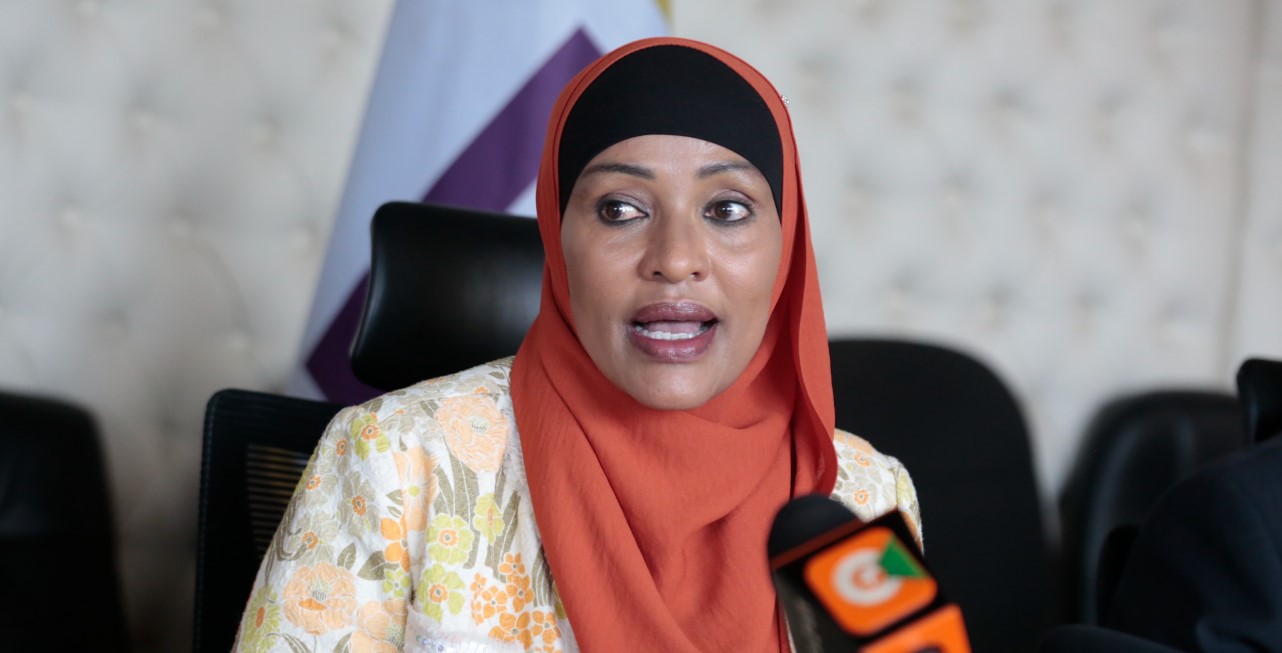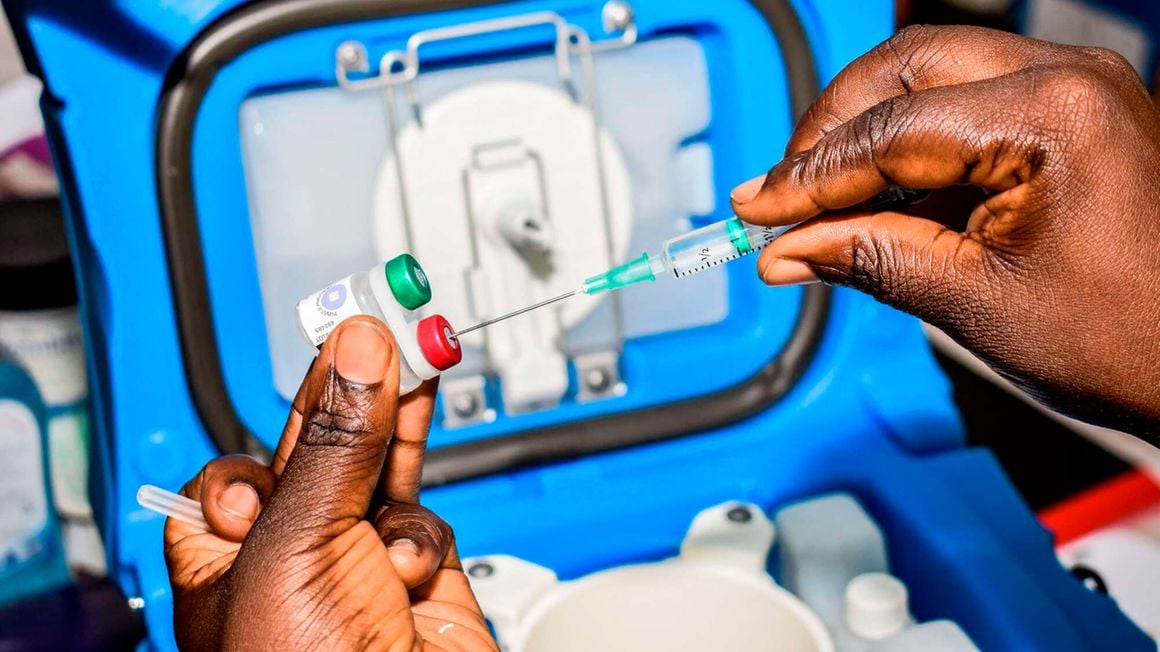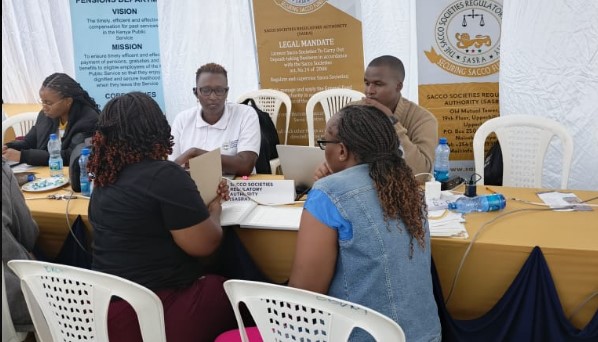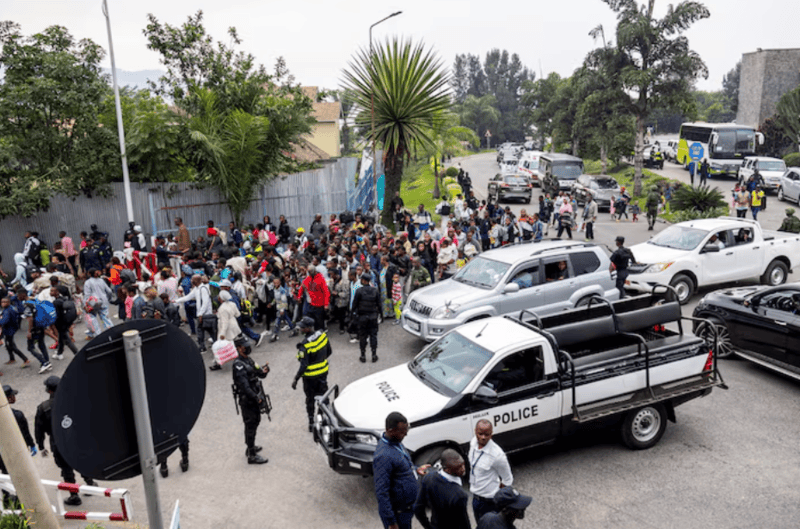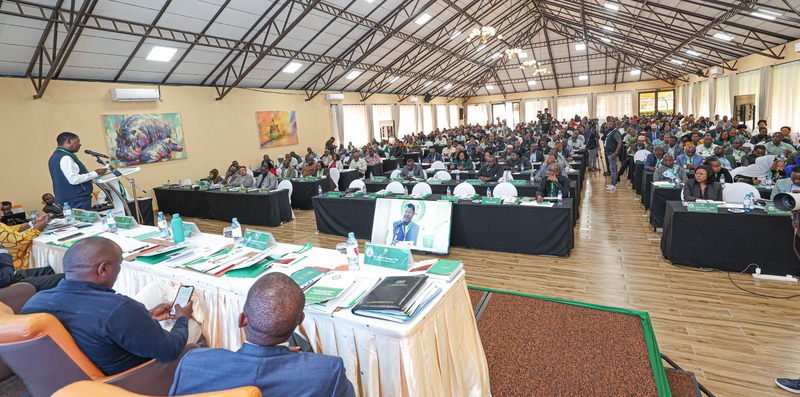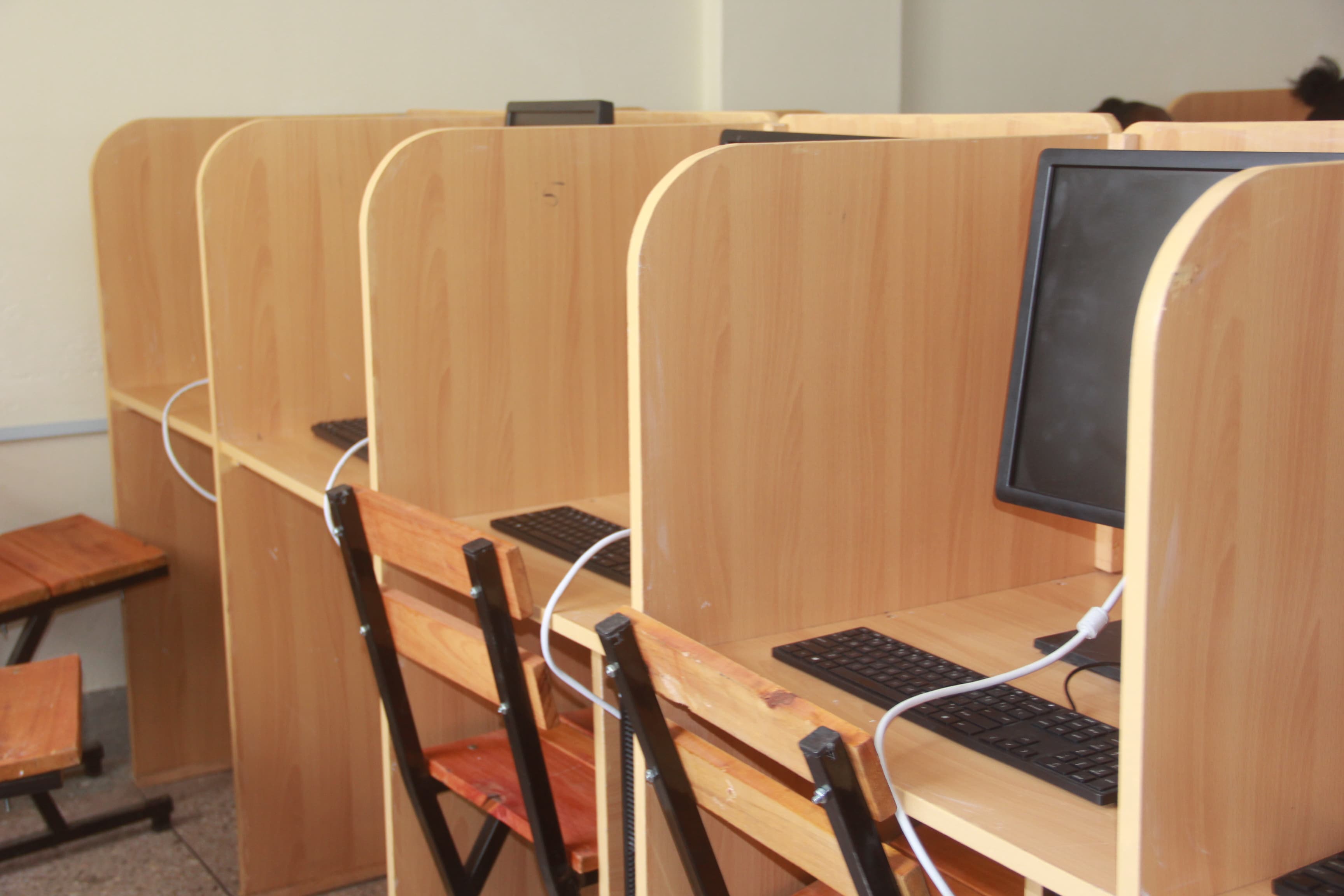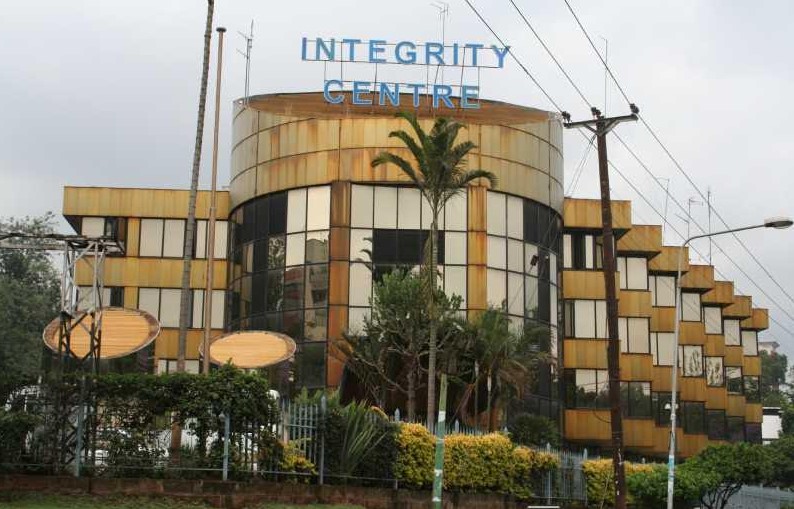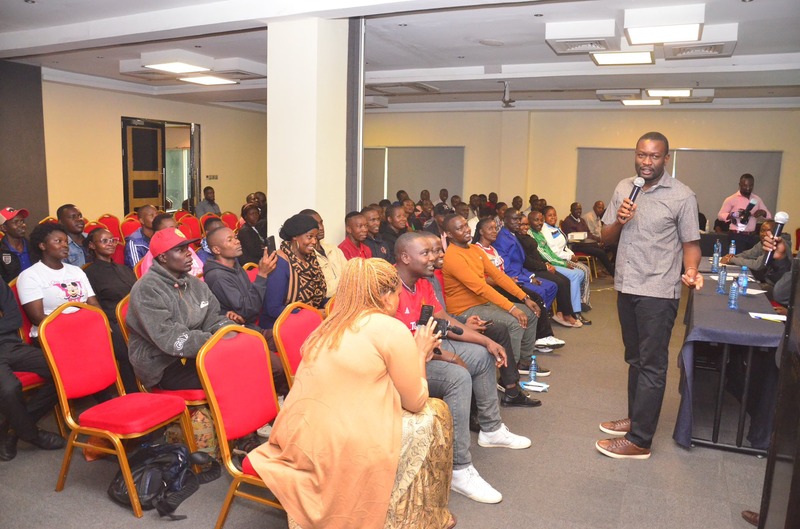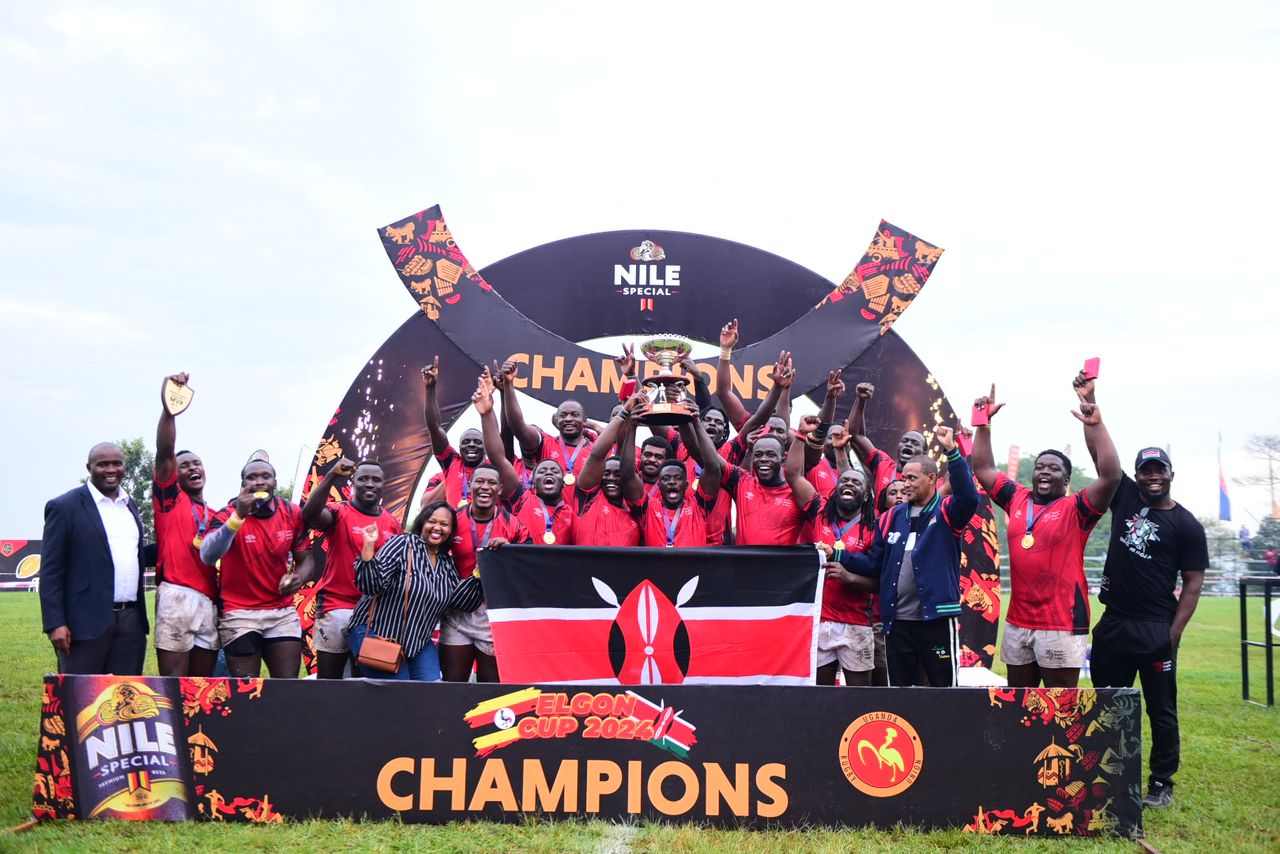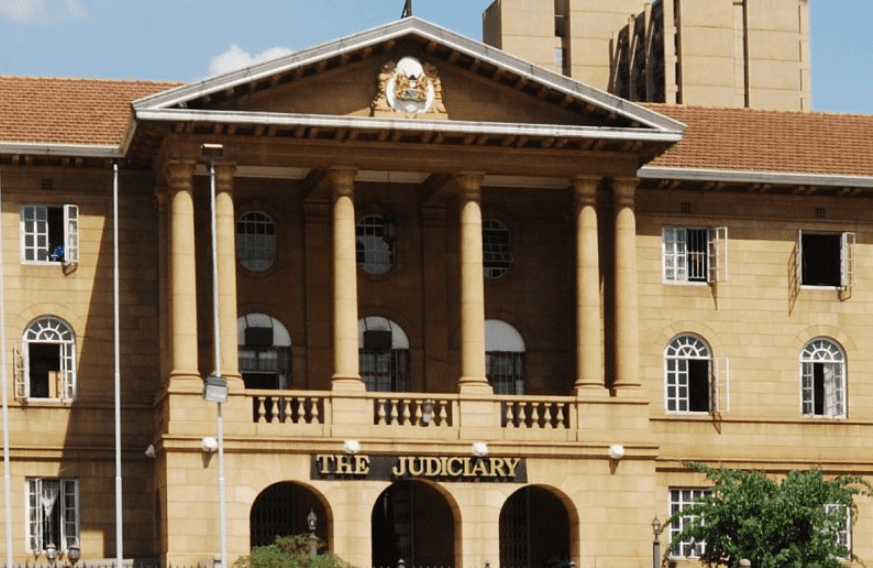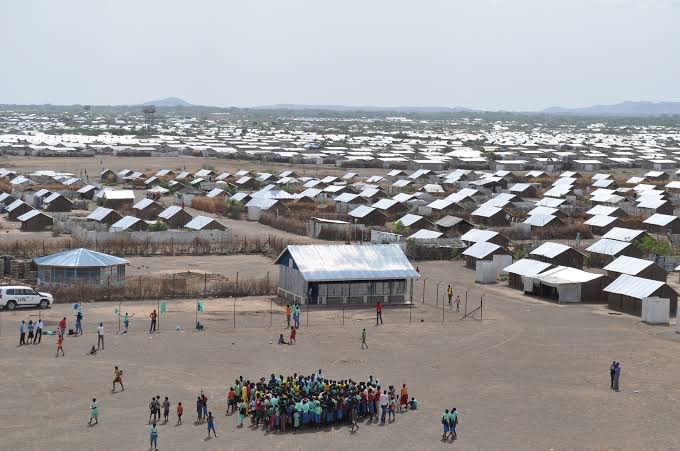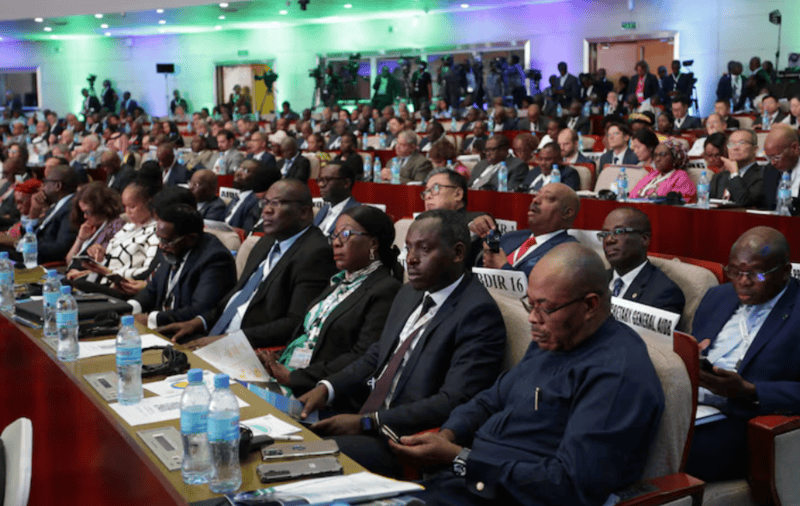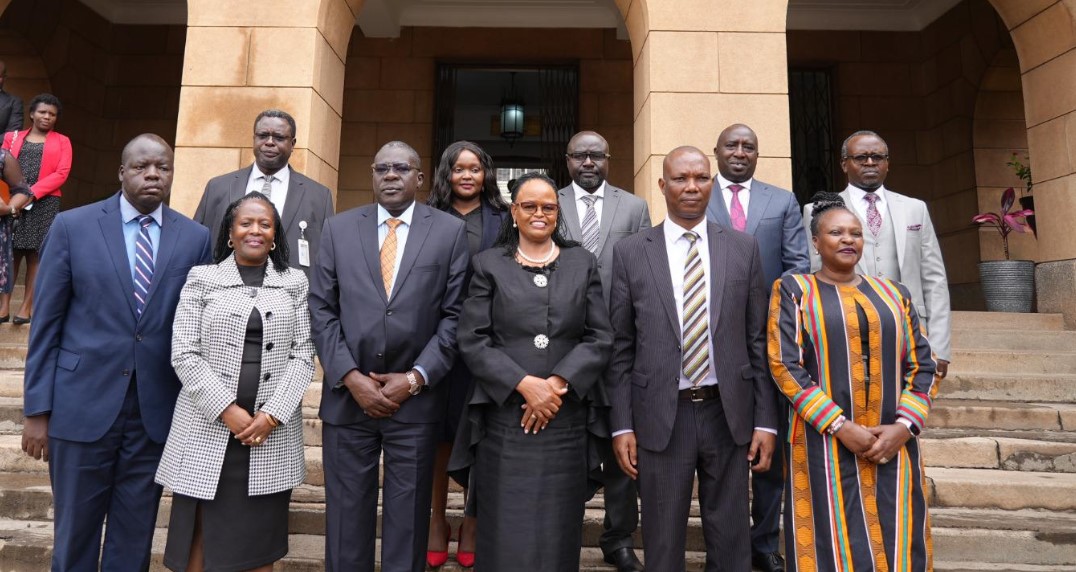KNBS: Many rural homes still lack electricity despite state’s Last Mile initiative
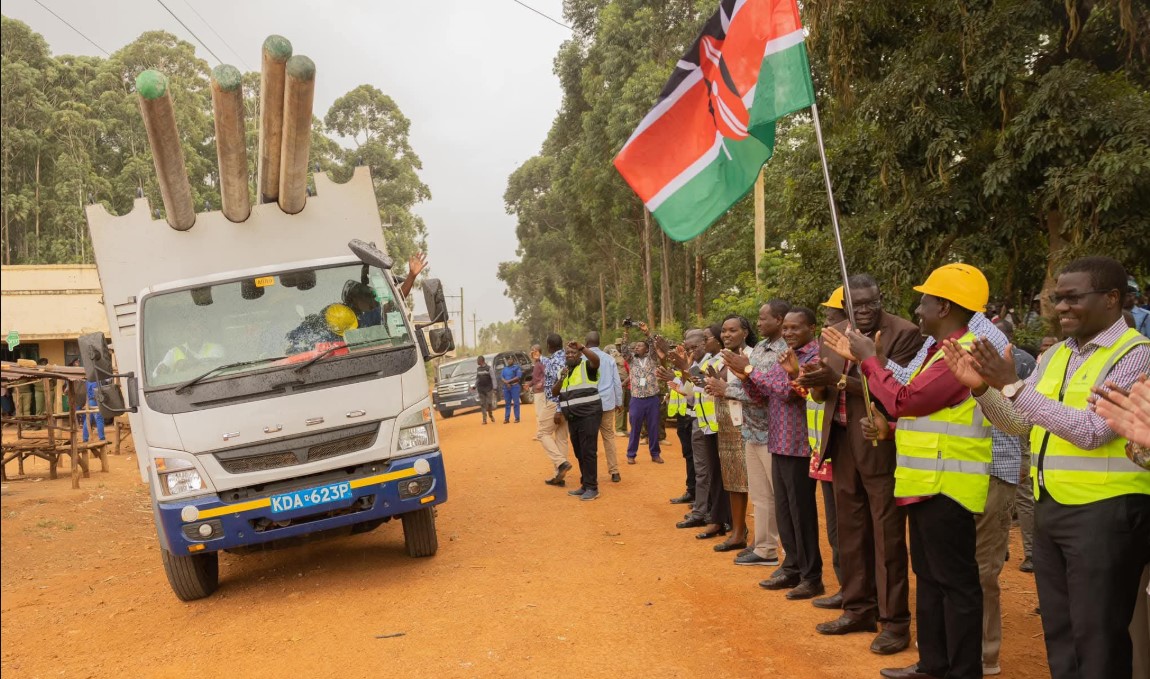
The KNBS report says 91 per cent of households in Turkana are not connected to the main electricity grid, followed by 85.2 per cent in West Pokot and 79.9 per cent in Homa Bay.
Over 60 per cent of rural households are not connected to electricity from the national grid despite ongoing government efforts to improve access.
A survey by the Kenya National Bureau of Statistics (KNBS) shows that Turkana, West Pokot, and Homa Bay are the least electrified counties, in contrast to Nairobi and its neighbouring Kiambu, which have significantly higher connections.
More To Read
The KNBS report reveals that 91 per cent of households in Turkana are not connected to the main electricity grid, followed by 85.2 per cent in West Pokot and 79.9 per cent in Homa Bay.
In comparison, Nairobi has the highest connection rate at 95.2 per cent, closely followed by Kiambu at 95.1 per cent. Other counties with high electricity uptake include Murang’a at 87.3 per cent, Nyeri at 87.1 per cent, and Mombasa at 82.9 per cent.
Nationally, the report states that more than nine in 10 (91 per cent) Kenyan households have access to power, with approximately four households being connected from rural areas. However, 62.7 per cent of rural households remain without electricity from the national grid, a stark contrast to the nine per cent in urban areas.
Counties with significant proportions of residents lacking access to electricity include Kitui (77.9 per cent), Makueni (76.6 per cent), Narok (76.4 per cent), and Siaya (76 per cent).
The survey also highlighted the main reasons for the lack of electricity connections.
About 47 per cent of respondents cited the unavailability of electricity grid services in their areas as the primary reason.
Financial challenges
Financial challenges in covering connection costs were noted by 31.6 per cent of respondents. Furthermore, 9.7 per cent of individuals reported delays in getting connected to the grid after making applications to Kenya Power.
Other barriers included the inability to pay monthly electricity bills (3.2 per cent), landlords’ lack of interest in getting houses connected to the grid (2.6 per cent), and electricity disconnections due to unpaid arrears (1.5 per cent).
Although electricity prices had been high between 2022 and 2024, they saw a slight reduction at the beginning of 2025.
The Energy and Petroleum Regulatory Authority (Epra) reduced the fuel cost charge (FCC) to Sh3.55 in January from Sh3.57 the previous month. The forex adjustment also dropped from Sh1.1 to Sh0.83. As a result, Sh500 now buys 19.7 units of electricity, compared to 19.5 units for the same amount last month in some parts of Nairobi.
The KNBS data also showed that only 1.3 per cent of Kenyan households use electricity for cooking, with the majority opting for liquid petroleum gas (LPG) at 30.7 per cent, while 53.4 per cent rely on firewood and 10.8 per cent on charcoal.
Last week, President William Ruto launched the Sh1 billion Last Mile electricity connection project in Busia County, aiming to expand access to underserved communities.
The initiative aims to benefit around 20,000 households by optimising 148 transformers, significantly improving power distribution in the region.
During the launch, the President reiterated his commitment to providing affordable and reliable electricity, which is expected to improve living standards, increase access to power, and accelerate economic growth.
“Through this transformative project, we are not just lighting up homes. We are providing opportunities, boosting businesses, and improving the lives of over 20,000 households in Busia County,” he said.
He further emphasised that the successful completion of the project would foster inclusive development and stimulate economic activity.
“Electricity connects people to opportunities, such as better healthcare, education, and smooth running of businesses. We are creating a Kenya where no one is left behind with initiatives like this,” he said.
Top Stories Today



